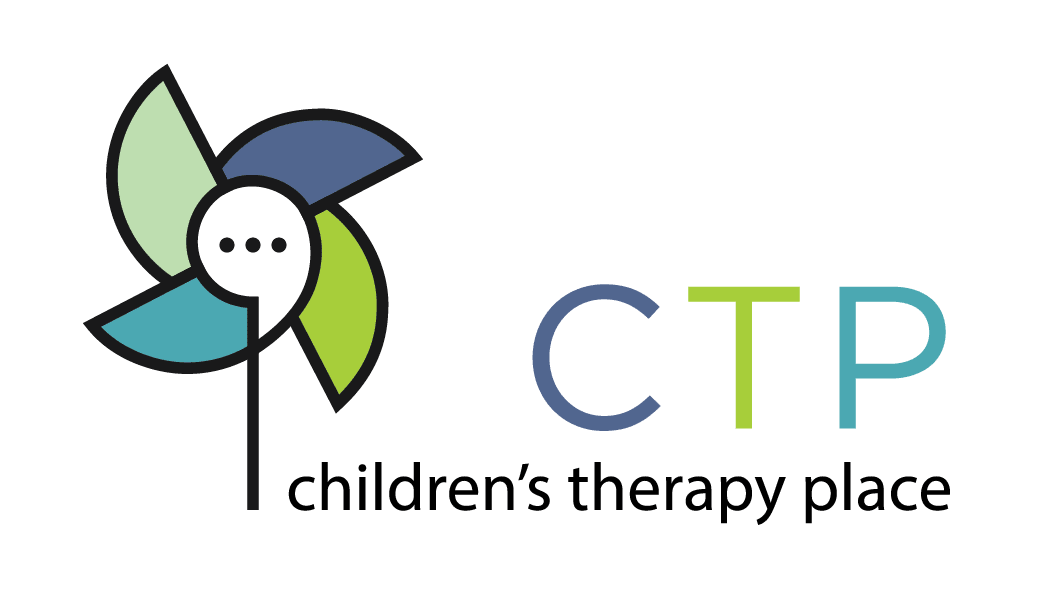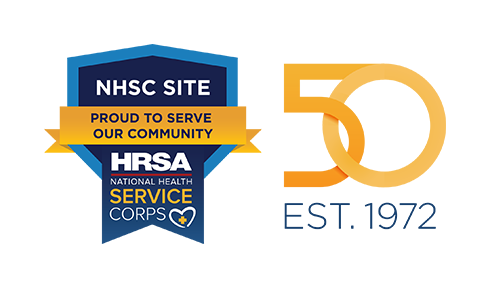The “D” Word: What is Dyslexia?

The “D” word – DYSLEXIA – was much talked about throughout the 1980s and early 90’s. Around this time, people would often joke about being dyslexic if they transposed letters in a word, spelled a word incorrectly, or mixed up their words when speaking. But dyslexia is no joking matter. Individuals with reading and writing difficulties who have fallen through the cracks continue to struggle in schools, in the workplace, and in our communities. Early diagnosis and intervention are key to best outcomes if you have a child or family member with dyslexia.
Dyslexia is a reading disorder, or a word recognition disorder. It is also referred to as a processing disorder or a written language disorder. According to the International Dyslexia Association, dyslexia is a specific, neurobiological learning disability. It is a result of individual differences in areas of the brain that process language. Those with dyslexia struggle with accurate, fluent word recognition combined with poor spelling and decoding abilities. These difficulties typically result from deficits in the phonological elements of language that seem significantly below the child’s cognitive abilities. A perfectly bright child who demonstrates age-typical skills and intelligence could very well have the disorder. It is perhaps surprising to learn that experts estimate 20 percent of the population has some form of dyslexia, representing 80-90 percent of all those with learning disabilities!
Myth Busting – What dyslexia is not
Dyslexia is not related to IQ or intellectual ability. Perhaps the most common misconception regarding dyslexia (or reading and writing disorders) is that individuals mix up letters in words or see words backwards. Other beliefs are that individuals with dyslexia just need to “try harder” and “practice more.” Many people also believe that schools do not recognize or use the term dyslexia. The truth is that schools are required to assess and provide services for students with reading and writing disabilities. If your child qualifies for an Individualized Education Program (IEP) under the Individuals with Disabilities Education Act (IDEA) then the school is legally obligated to provide one. If your student does not qualify for an IEP, he or she might still be eligible for a “504 Plan” under the Rehabilitation Act of 1973.
How is dyslexia diagnosed?
There is no single test used to diagnose dyslexia. A pediatrician, speech-language pathologist or reading specialist typically gathers information from parents or guardians to determine what signs and symptoms are present. Most often, parents begin by talking to their child’s teacher about reading concerns in the early grades. Several standardized tests are used to assess phonological skills, processing and working memory skills, letter and symbol recognition, as well as rapid naming and reading comprehension. A speech pathologist might also administer receptive and expressive language tests to rule out other possible deficits or disorders.
Know the early signs
While signs of dyslexia can appear very early in life, the disorder is often difficult to recognize until a child enters school. Because dyslexia is a written language disorder, children are usually not diagnosed until first or second grade, once they begin to learn to read and write. Common early signs include problems saying words correctly, confusing words that sound the same, struggling to remember alphabet letter names, difficulty learning shapes, numbers, colors and days of the week, trouble recognizing the letters in one’s own name, and not knowing left from right. Children with dyslexia also struggle with identifying sounds and rhyming words and do not learn nursery rhymes and songs with the ease their peers seem to demonstrate.
In the early and middle childhood grades, dyslexia signs and symptoms may become more apparent, such as reading well below the expected level for age, problems processing and understanding what is heard, difficulty distinguishing between written letters, an inability to sound out unfamiliar words, difficulty with spelling and number facts, struggling with sight word recognition, and avoidance of activities that involve reading. You might also notice your child spending an unusually long time completing tasks that require reading or writing.
The family connection
Because the disorder results from individual differences in the parts of the brain that enable reading, dyslexia does often run in families. Experts believe that dyslexia is linked to specific genes that affect how the brain processes reading and language. Children of dyslexic adults have a 40 to 60% risk of also having dyslexia. If there is more than one family member with the disorder, the degree of risk is even higher.
When to get help
Talk with your doctor or a speech-language pathologist if your child’s reading level is below what’s expected for his or her age, or if you notice other red flags. Also be prepared to advocate for your child at school – with teachers, special education professionals, and speech-language pathologists. Above all, do not sit back and wait if you believe your child has a reading and writing disorder. The sooner you act, obtain a diagnosis, and begin intervention, the better the outcomes for your child – both in the elementary and secondary grades as well as into adulthood!
Jane Lomas, M.S., CCC-SLP
September 2022
Speech-Language Pathologist
M.S., CCC-SLP

